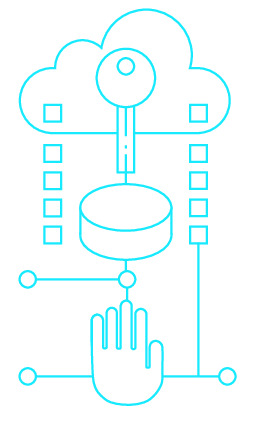|
|
|
| Module code: PIBWI85 |
|
|
2V+2P (4 hours per week) |
|
5 |
| Semester: 6 |
| Mandatory course: no |
Language of instruction:
German |
Assessment:
Written assignment
[updated 08.05.2008]
|
KI677 Computer Science and Communication Systems, Bachelor, ASPO 01.10.2014
, semester 6, optional course
PIBWI85 (P221-0108) Applied Informatics, Bachelor, ASPO 01.10.2011
, semester 6, optional course
|
60 class hours (= 45 clock hours) over a 15-week period.
The total student study time is 150 hours (equivalent to 5 ECTS credits).
There are therefore 105 hours available for class preparation and follow-up work and exam preparation.
|
Recommended prerequisites (modules):
None.
|
Recommended as prerequisite for:
|
Module coordinator:
Prof. Dr. Ralf Denzer |
Lecturer:
Prof. Dr. Ralf Denzer
[updated 23.11.2007]
|
Learning outcomes:
Students will acquire an overview of how the methods of informatics are applied in the fields of environmental protection and risk, crisis and disaster management.
[updated 08.05.2008]
|
Module content:
1. History of enviromatics
2. Areas of application
3. Enviromatics: the basic methodology
- Environmental data preparation and acquisition
- Monitoring
- Environmental information systems
- Geomatics
4. Diagnosis and interpretation
- Risk and impact assessment
- Environmental models
- Indicators
5. Decision support systems
6. Enviromatics integration methods
- Integration problems
- Interoperability in EIS
- Meta information systems
- Open EIS architectures
- Large-scale infrastructures
[updated 08.05.2008]
|
Recommended or required reading:
Each year, a list of relevant reference materials will be compiled based on current research projects, particularly those within the EU’s 6th and 7th Framework Programmes.
[updated 08.05.2008]
|


